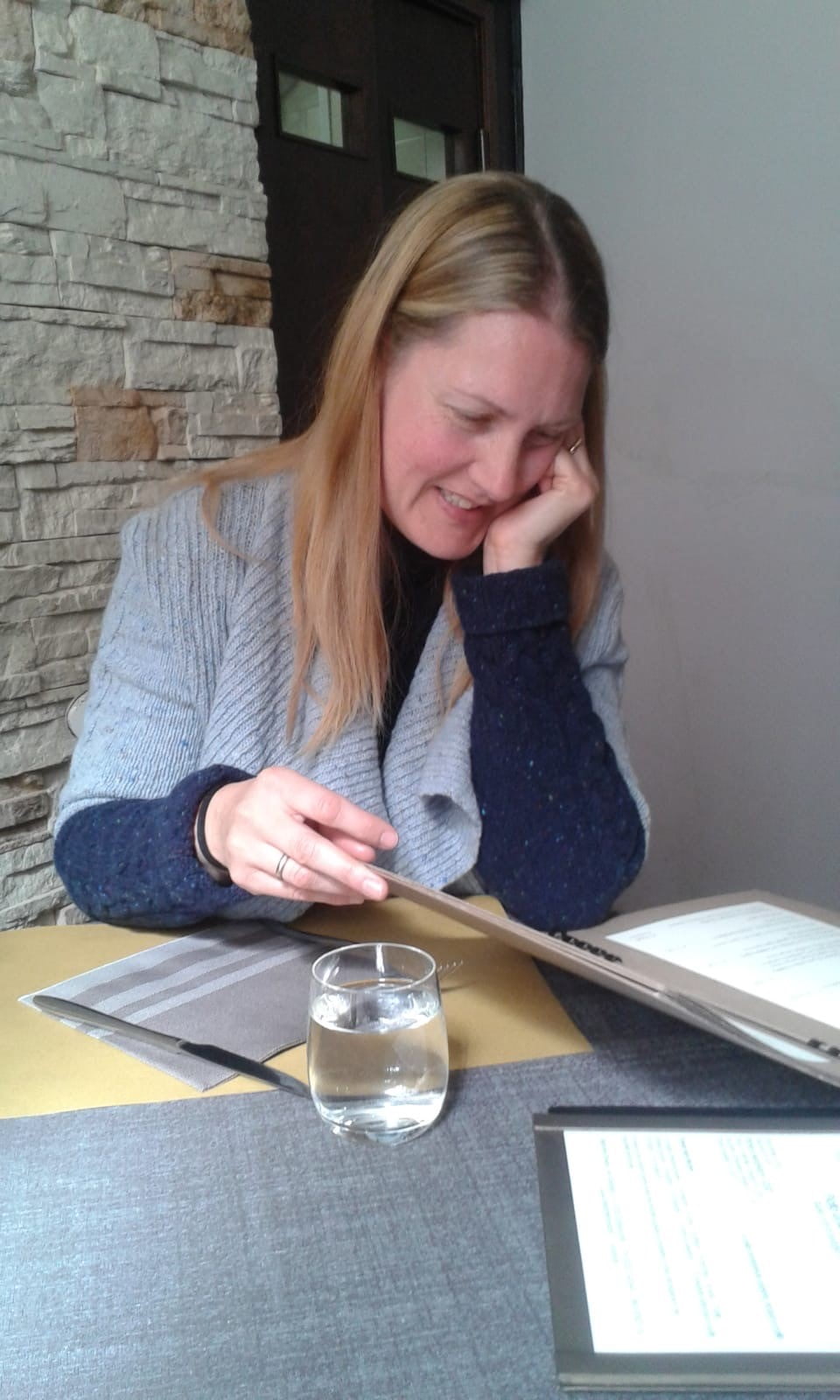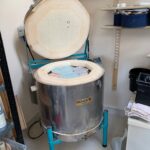We generally express ourselves through words, but beyond words there is a myriad of other possibilities.
Think about different ways of communication, like the information that you can gather from the body, including posture, expression and behaviour while you observe another person. Does the information expressed by body language align with the information you gather from his or her verbal expressions? Communication and behavioural experts have done numerous studies on this particular type of communication.
Another way of communication is tactile. Actually, this is the first type of communication possible and, from an evolutionary point of view, the most ancient one. An important example is the communication between mothers (and fathers) with their new-born babies. This very intimate way of communication is incredibly important for the proper development of the child. The lack of such communication will have a lasting detrimental effect on the child even in case all other needs (nutrition, care) are adequately provided.
Humans are social beings and therefore we need interaction and relationships with other members of our species. We need a sense of belonging and community for our well-being.
Well, art is another way to communicate and to create relationships beyond words. It is even communicating through time. What do you feel when you behold your favourite painting? One of my favourite painters is Van Gogh. While observing his paintings I see beauty, but I feel also confusion and pain…
This means that art offers a way to communicate without experiencing the linguistic boundaries that we have in our verbal communication. Art allows us to communicate not only beyond linguistic boundaries but also beyond cognitive, temporal or cultural boundaries.
Did you ever realise that we think in images and generally not in words? When you ask a group of people to close their eyes and you say a word like “water”, generally people picture an image that is related to water, like a waterfall or an ocean. They generally do not picture the word “water”.
Imagery and art actually allow communicating with people who do not only talk in different languages, but it also offers a potential to effective communication with people who are diversely able in our known verbal way of communication, like people with some impairment deriving from an innate disability or illness or other cause (stroke, accident, etc).
This means that a completely new pathway to communication is opened up through art… isn’t that a mind-blowing idea?
As always, I’d love to know your comments and thoughts.


 My name is Elisa; I am a woman, a mum, a daughter, a friend and a wife… and a passionate ceramicist/potter.
My name is Elisa; I am a woman, a mum, a daughter, a friend and a wife… and a passionate ceramicist/potter. 


